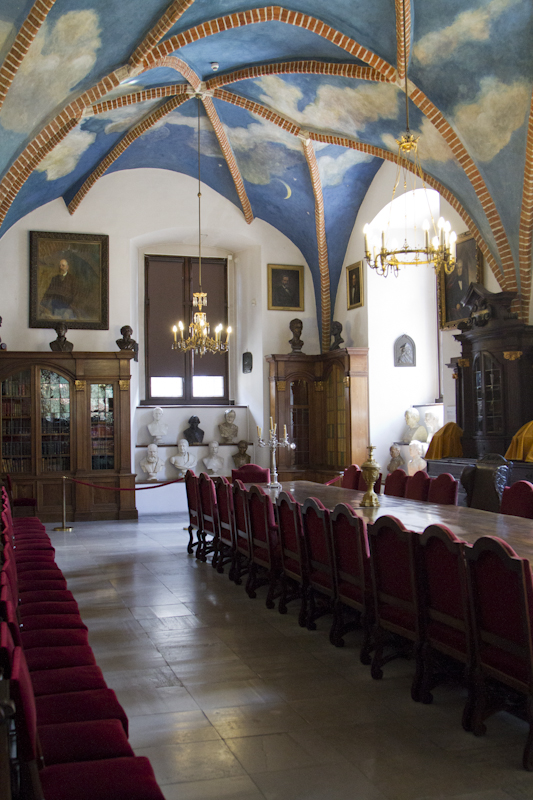
When I was a teenager, my vision of university was one of solid stone buildings, some covered in vines. The footsteps of a single person echoing from a lonely courtyard late at night. Vast libraries with wood panelled walls and statues of ancient Greeks. And new worlds of knowledge opened by brilliant professors, who would spark discussions that would rage far into the next morning’s light.

None of my experiences lived up to that.
Sure, my campus in Canada’s capital was beautiful and green, sprawling between the Rideau River and Rideau Canal. And we had discussions in the grad student pub, usually fuelled by pints of Guinness. But the library was stuffy and utilitarian and spread over 5 floors. The architecture was a hodgepodge of sparse concrete design. And few of the professors were particularly noteworthy.
It was fun at times, and dull at others. But it lacked that feeling of the centuries stretching out behind us, and of great names from the dim recesses of history who all sighed, snored and swore among the same library stacks.
In the end, it was just “school.”

I forgot all about those early university visions until I wandered into the courtyard of the Collegium Maius in Krakow’s old town.
The history of the College dates back to 1400, when King Wladyslaw Jagiello bought a corner house for the Krakow Academy, making this the oldest university building in Poland. Adjacent houses were purchased as the school grew in the 15th century, and they were eventually linked with an elegant courtyard surrounded by arches and cloisters.
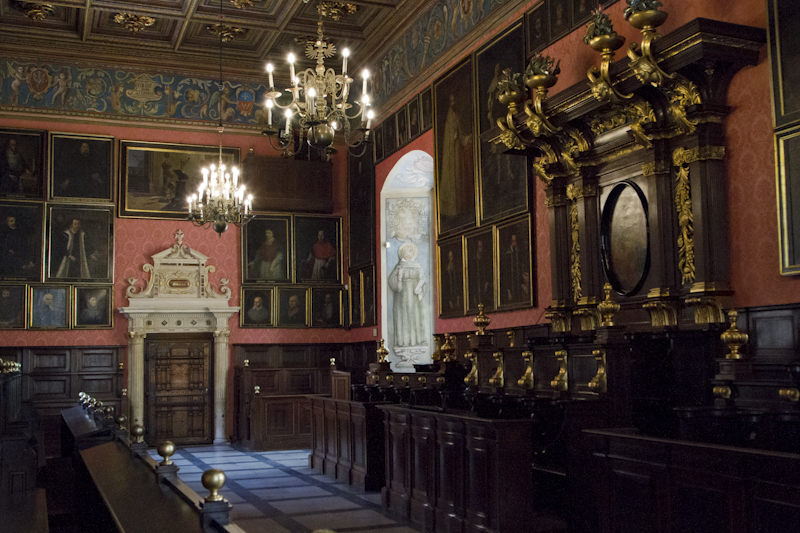
Tenured staff lived on the college premises in stuffy pipe-strewn lodging rooms spread over the first and second floors, reminding us of the origins of the word “collegium”, the roots of which are “community, society or guild” — an association or gathering of colleagues.
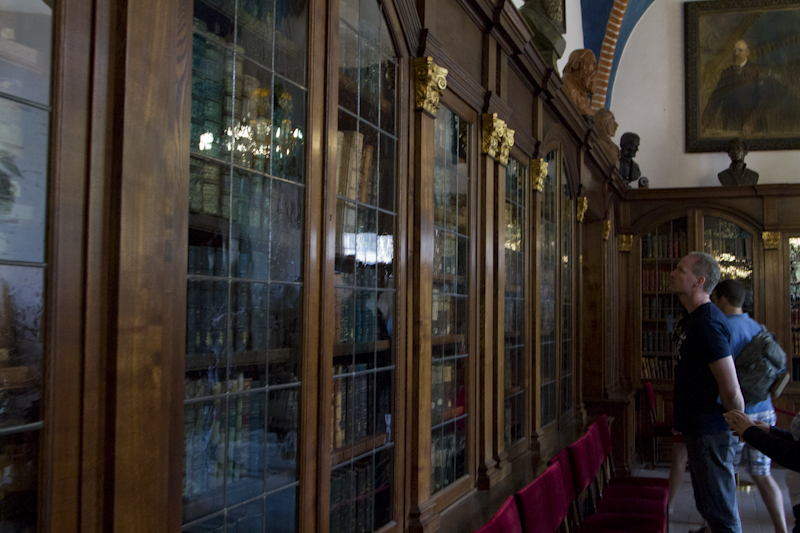
And the library is a vast, cathedral-like space of wood panelling, soaring shelves, oil paintings, and the book dust of centuries.
Today the Collegium Maius is associated with the Jagiellonian University, and it houses many of that institution’s most important treasures.
If you take the excellent guided tour of the premises, like we did, you will walk through entire rooms devoted to historical scientific instruments: astronomical, metrological, cartographical and chemical.
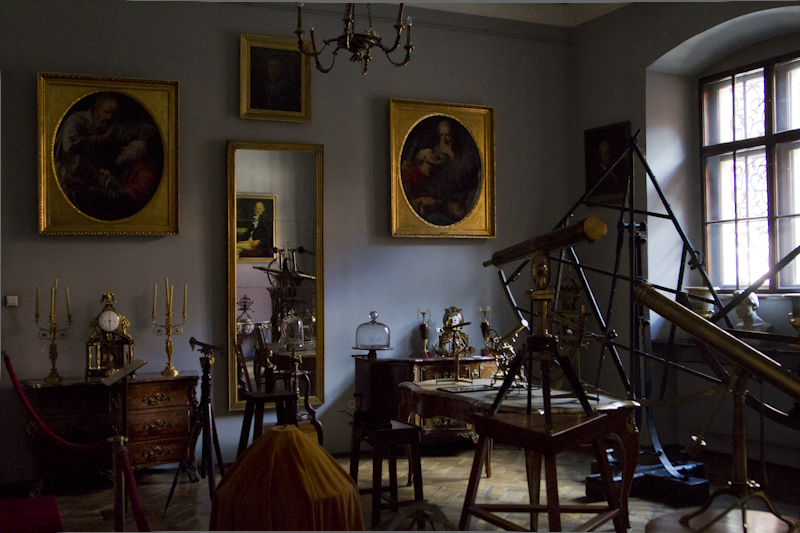
You’ll circle silently around a brass Arabian astrolabe from 1054, the oldest scientific instrument in Poland.
And you’ll wonder at “the Jagiellonian Globe”, a mechanical armillary sphere made in about 1510. This is the first time that the newly discovered continent appeared on a globe.
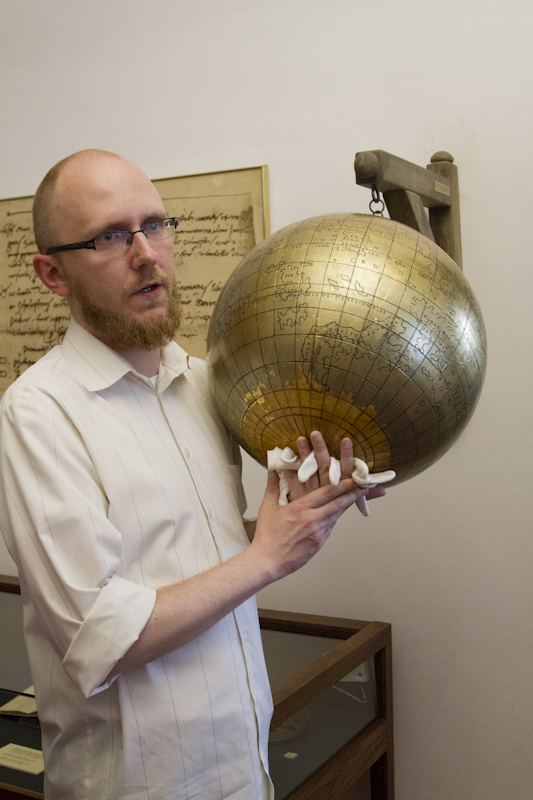
There are other globes in the collection too, many from the workshops of masters like Gerard Mercator. And the museum houses valuable pieces of Medieval art, including a 14th century wooden sculpture of King Kazimierz the Great, founder of the Krakow Academy.
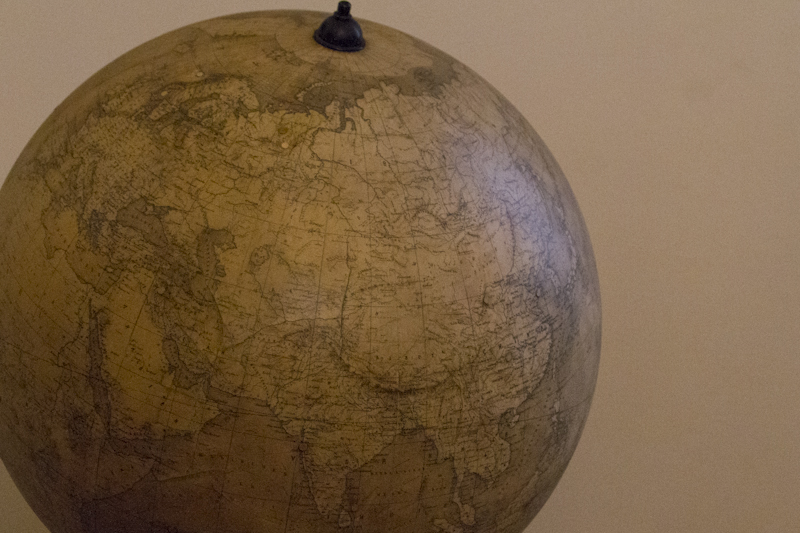
It’s a wonderful glimpse into our Medieval past, and the roots of our present knowledge. And if you find yourself in Poland, it should not be missed.
The Collegium Maius embodied so many of my impressions of Krakow, a city where people care about books, literature, learning, art and the contemplative life. Its stone walls, shaded courtyard and vast wood-panelled library also recalled the university dreams I had as a child.
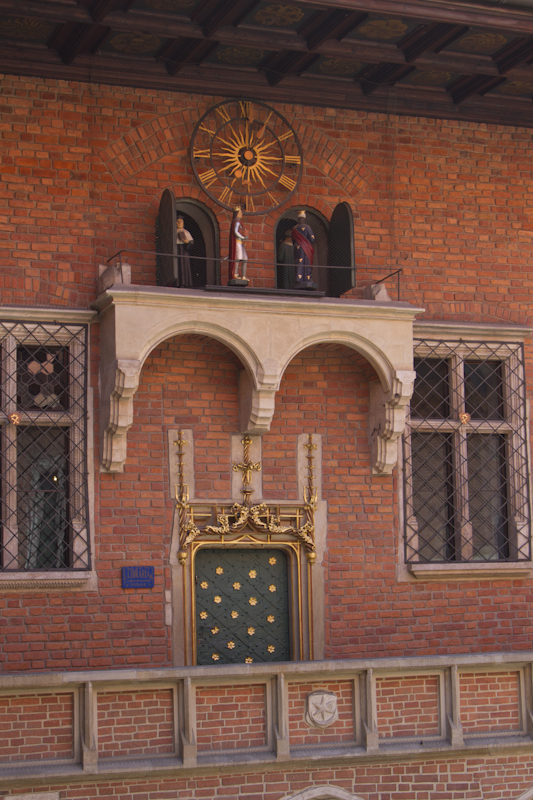
It boasts a list of famous alumni too, the sort of men who must have transformed the lives of the students they encountered. They include the anthropologist Bronislaw Malinowski, science fiction writer Stanislaw Lem, and of course Karol Wojtyla, who later became Pope John Paul II. It was even said that Doctor Faustus himself practiced alchemy and black magic here.
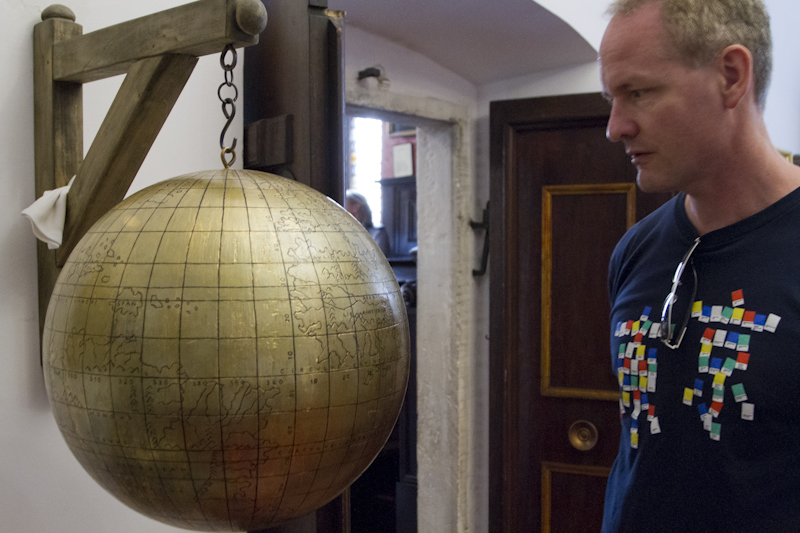
Of course, the most famous alumni of all was Copernicus, and though he never actually lived in the College, several artifacts which belonged to him are on display.
I wonder if they’re still hounding him with begging alumni fundraising letters even today?

Photos ©Tomoko Goto 2016

Get your FREE Guide to Creating Unique Travel Experiences today! And get out there and live your dreams...
